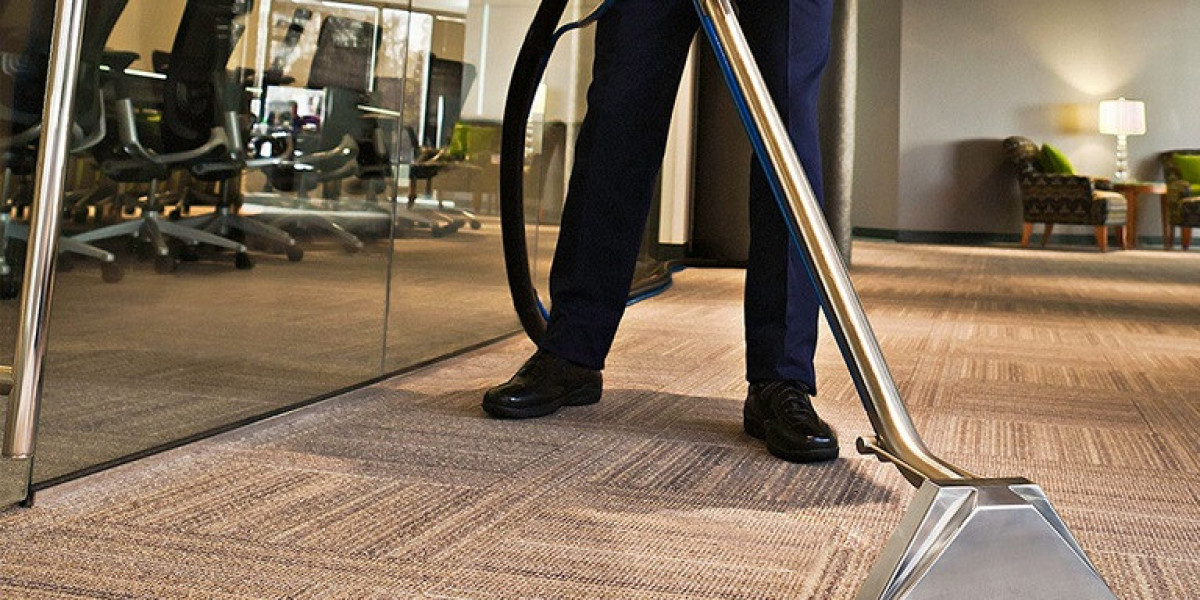Cranes are among the most critical machines in modern construction, enabling workers to lift heavy loads, assemble large structures, and streamline operations. However, when crane lifting goes wrong, the consequences are often devastating. From fatalities and injuries to millions in property damage, crane accidents remind us of the importance of safety culture and proper training.
In this article, we’ll explore real-life crane lifting incident case studies and the valuable lessons construction professionals can learn from them. Along the way, we’ll highlight the role of proper safety planning, awareness, and training, and how structured programs like IOSH Courses and IOSH Course Online can help equip safety officers with the knowledge to prevent such tragedies.
Why Crane Lifting Safety Is Non-Negotiable
Cranes work with enormous weights, swinging loads, and challenging conditions. A single error—whether mechanical, human, or environmental—can cause catastrophic accidents. Statistics show that nearly 42% of crane-related fatalities are caused by load drops, followed by electrocutions and tip-overs.
Key reasons safety is crucial include:
Human life protection – Preventing accidents that can cause fatalities and life-changing injuries.
Financial stability – Avoiding lawsuits, compensation claims, and delays.
Regulatory compliance – Meeting OSHA, ISO, and local standards.
Reputation management – Building a culture of trust and responsibility in the workplace.
Case Study 1: The New York Crane Collapse, 2008
What Happened?
In March 2008, a massive tower crane collapsed in Manhattan, killing 7 people and destroying nearby buildings. Investigations revealed that improper rigging procedures were to blame.
Safety Lessons Learned
Rigging procedures must follow strict guidelines and only be performed by trained personnel.
Daily inspection of connections and pins is mandatory before lifting operations.
Regular toolbox talks could have reinforced rigging safety awareness.
Takeaway
A structured safety plan could have identified errors before they escalated. This shows how preventive measures outweigh reactionary responses.
Case Study 2: Big Blue Crane Accident, Milwaukee, 1999
What Happened?
During the construction of Miller Park Stadium, the world’s largest crawler crane at the time—nicknamed “Big Blue”—collapsed while lifting a roof section in windy conditions. The accident killed 3 ironworkers.
Safety Lessons Learned
Weather plays a critical role in crane operations.
Loads must never be lifted in unsafe wind conditions.
Engineers must recheck lifting plans for extreme weather.
Takeaway
Companies must integrate weather monitoring systems and enforce strict stop-work policies during storms.
Case Study 3: Dubai Marina Crane Collapse, 2009
What Happened?
A crane in Dubai collapsed due to poor maintenance and mechanical failure. Fortunately, casualties were minimal, but the financial losses were significant.
Safety Lessons Learned
Preventive maintenance is just as critical as operator training.
Overlooking minor issues, such as worn cables or hydraulic leaks, can escalate into major disasters.
Equipment must undergo scheduled inspections by certified engineers.
Takeaway
Investing in maintenance is cheaper than dealing with catastrophic failures.
Case Study 4: Seattle Tower Crane Accident, 2019
What Happened?
A tower crane being dismantled in Seattle collapsed onto a busy street, killing 4 people. The accident was linked to the premature removal of safety pins during disassembly.
Safety Lessons Learned
Disassembly requires as much planning as assembly.
Contractors must not rush procedures to save time.
Independent oversight can prevent negligence.
Takeaway
Time pressures must never override safety protocols.
Common Themes from Case Studies
From these incidents, several common lessons emerge:
Human error is a recurring factor. Training, supervision, and clear communication can prevent most accidents.
Weather and environmental risks must not be ignored. Storms, lightning, and strong winds require immediate evacuation protocols.
Equipment health is non-negotiable. Skipping maintenance inspections is a major cause of crane failures.
Safety culture matters. Workers must feel empowered to halt unsafe operations without fear of retaliation.
Best Practices for Crane Lifting Safety
To prevent incidents like the ones above, construction managers and safety officers must implement proven best practices.
Pre-Lift Preparations
Conduct site risk assessments.
Ensure rigging equipment is inspected and certified.
Verify weather conditions before operations.
During Operations
Maintain a safe lifting zone free from non-essential personnel.
Use spotters and clear communication signals.
Monitor crane loads to avoid overcapacity.
Post-Lift Safety
Inspect cranes for wear and tear.
Document any anomalies for future reference.
Provide feedback sessions to learn from each lift.
Training and the Role of IOSH Courses
While procedures and equipment are vital, training is the backbone of safety. Many accidents occur simply because workers don’t understand the risks or proper protocols.
IOSH Courses provide comprehensive training for safety officers, supervisors, and managers.
With options like IOSH Course Online, workers can learn without leaving job sites.
These courses cover risk assessments, hazard identification, and emergency planning, making them essential for preventing crane-related incidents.
Table: Crane Safety Essentials
Safety Aspect | Why It Matters | Example in Practice |
Rigging Safety | Prevents collapses due to weak setups | Daily rigging inspections |
Weather Monitoring | Avoids wind-related collapses | Stop-lift at 20+ mph winds |
Preventive Maintenance | Reduces mechanical failures | Monthly certified inspections |
Operator Training | Reduces human error | Certified training programs |
Emergency Evacuation Plans | Minimizes casualties during accidents | Clear evacuation drills |
Every construction site faces risks, but learning from past crane lifting incidents is the best way to prevent future tragedies. A strong safety culture combined with proper training ensures that workers remain protected while projects stay on schedule.
If you’re serious about becoming a safety leader, enrolling in IOSH Course Online is a great step toward mastering workplace safety principles and applying them on-site effectively.
Conclusion
Crane lifting incident case studies highlight one truth: safety is never optional. From New York to Dubai, real-life accidents reveal that human error, equipment failures, and poor planning can all lead to catastrophic outcomes.
By applying lessons learned, enforcing best practices, and investing in professional training through IOSH Courses, construction sites can drastically reduce risks and protect their most valuable asset—human lives.













